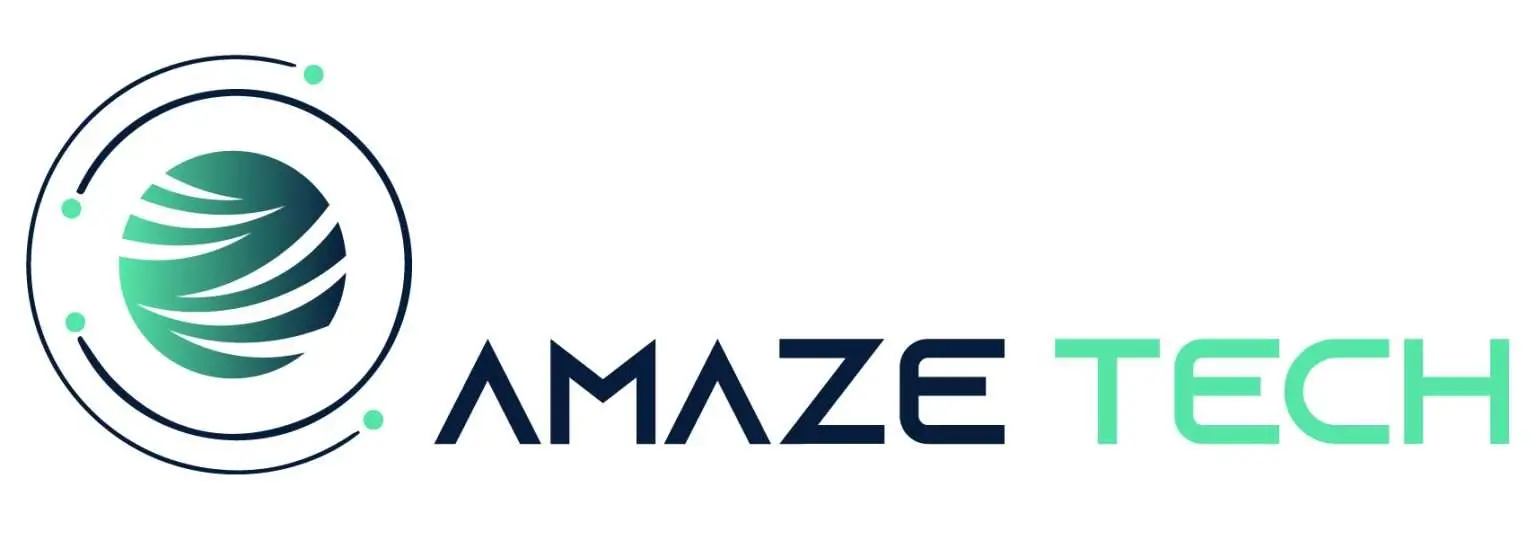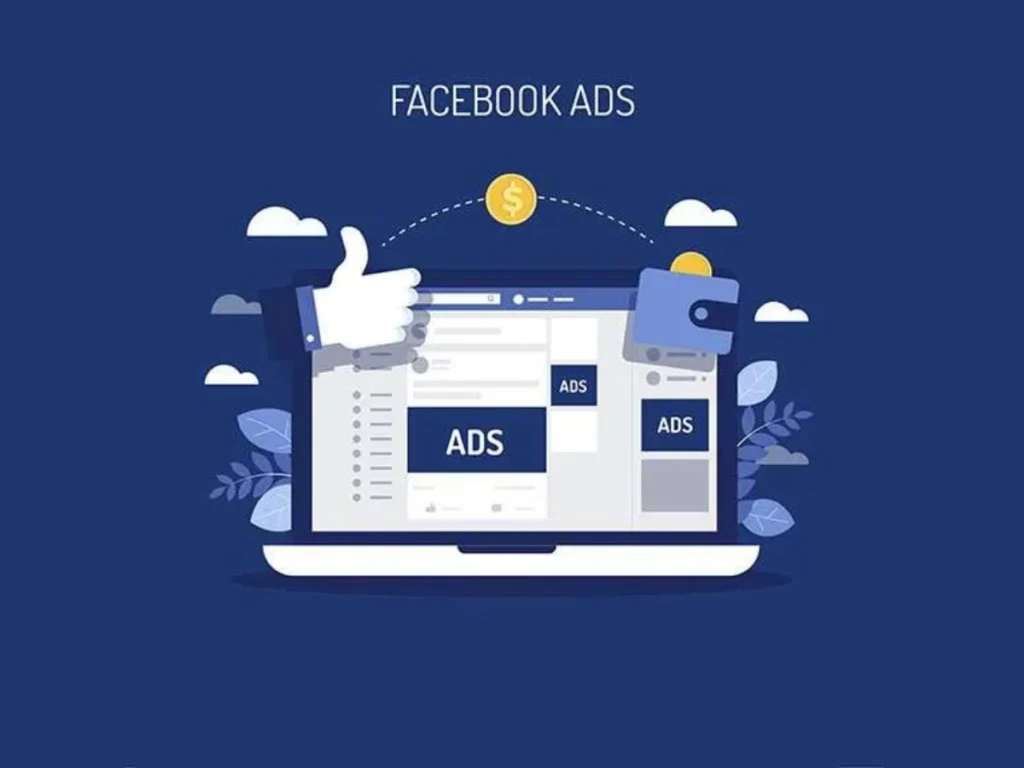In 2025, a successful Facebook ads strategy for ecommerce goes far beyond running simple campaigns, it’s about blending automation, creativity, and data-driven insights to thrive in a privacy-first digital world. Meta’s ecosystem, which includes Facebook, Instagram, Messenger, and WhatsApp, remains a powerful engine for online store growth when used strategically.
Retailers must build a strong foundation by integrating tools like the Conversions API, Meta Pixel, and dynamic product catalogs to ensure accurate tracking and performance optimization. Advantage+ Shopping Campaigns and broad targeting now lead the way, allowing Meta’s AI to identify and convert high-value buyers efficiently.
Meanwhile, short-form video and user-generated-style creatives have become essential for engagement and trust-building. A full-funnel approach, moving users from awareness to conversion through storytelling, retargeting, and dynamic product ads, ensures sustained customer acquisition and retention.
To stay competitive, e-commerce brands must focus on key metrics such as ROAS, CPA, and CLV, adapt to privacy changes, and continually test and optimize their campaigns. Ultimately, success in Facebook advertising for e-commerce in 2025 depends on mastering the synergy between data intelligence, creative innovation, and automated optimization.
Facebook ads strategy for e-commerce 2025 is no longer just about running basic campaigns, it is about creating intelligent, data-driven advertising that adapts to privacy changes, shifting consumer behaviors, and rising competition from other social platforms.
For online stores, Meta remains one of the most powerful ecosystems for customer acquisition, combining Facebook, Instagram, Messenger, and WhatsApp into one advertising engine. This guide explores the latest e-commerce Facebook advertising strategies, campaign optimization techniques, and advanced targeting options that retailers need to thrive in 2025.
What’s Changed in Facebook Advertising for E-commerce in 2025?
Facebook advertising has evolved dramatically in recent years. Apple’s iOS 14.5 update and ongoing privacy regulations have forced advertisers to rethink tracking, attribution, and retargeting. In 2025, Meta’s Conversions API will now be the standard for ecommerce advertisers, ensuring accurate data flow despite cookie restrictions.
Advantage+ Shopping Campaigns, Meta’s AI-driven campaign type, has also gained traction as a way to automate targeting, creative, and budget allocation for e-commerce Facebook campaigns. Additionally, dynamic product ads and cross-platform placements on Instagram and WhatsApp have become essential for reaching customers across the entire Meta ecosystem.
Setting Up Your E-commerce Facebook Ads Foundation
Before launching campaigns, online stores must have a strong foundation for Facebook advertising, e-commerce 2025. This includes:
- Setting up Meta Business Manager and Ads Manager properly.
- Installing the Facebook Pixel and integrating Conversions API with Shopify, WooCommerce, or BigCommerce.
- Configuring product catalogs in Facebook Catalog Manager for dynamic ads.
- Defining campaign objectives (awareness, consideration, conversion).
- Creating custom audiences from website visitors, customer lists, and engagement data.
This technical setup ensures campaigns can optimize effectively and measure performance accurately.
Advanced Audience Targeting Strategies for Online Stores
Targeting has always been a cornerstone of Facebook ads’ ecommerce strategy. In 2025, reliance on broad targeting combined with lookalike audiences is proving most effective, as Meta’s machine learning optimizes for conversions.
Key tactics include:
- Using broad targeting for Advantage+ campaigns to let AI find high-value buyers.
- Creating lookalike audiences from customer lifetime value (CLV) segments.
- Retargeting based on video views, catalog engagement, and abandoned carts.
- Layering interest-based targeting for niche ecommerce products.
The best ecommerce Facebook advertising strategies now combine automation with carefully curated seed audiences.
Creative Best Practices: Video vs Image vs Carousel Ads
In e-commerce social media advertising, the creative is often more important than targeting. For 2025, video ads continue to outperform static images, while carousel ads work best for showcasing multiple products.
Creative best practices include:
- Using short, vertical videos optimized for Instagram Reels and Stories.
- Adding captions and hooks within the first 3 seconds.
- Highlighting product benefits, not just features.
- Testing UGC-style creatives that feel authentic.
- Incorporating carousel ads for product bundles or collections.
Strong creativity is essential for scaling e-commerce Facebook campaigns and improving ROAS.
Facebook Ads Funnel Strategy for E-commerce Conversion
A structured funnel is critical for e-commerce Facebook advertising in 2025. The funnel should move potential buyers from awareness to purchase with sequential messaging.
- Top of Funnel (Awareness): Broad targeting, engaging video content, and storytelling to attract new audiences.
- Middle of Funnel (Consideration): Retargeting website visitors with carousel ads, customer reviews, and testimonials.
- Bottom of Funnel (Conversion): Dynamic product ads for cart abandoners, limited-time offers, and discount codes.
This funnel approach ensures that e-commerce Facebook campaigns guide shoppers through every stage of the journey.
Dynamic Product Ads and Catalog Optimization
Dynamic product ads remain one of the most powerful tools in Facebook ads strategy for e-commerce 2025. These ads automatically show the right product to the right person based on browsing or cart behavior.
Best practices include:
- Ensuring accurate product feeds with correct pricing and availability.
- Segmenting catalogs for different collections or seasonal items.
- Using cross-sell and upsell strategies within dynamic ads.
- Optimizing product images and descriptions for engagement.
Dynamic ads can be the engine of consistent conversions for online retailers.
Retargeting Strategies: Cart Abandonment and Beyond
Retargeting is no longer limited to cart abandonment. In e-commerce Meta advertising, advanced retargeting sequences are now standard.
Effective retargeting campaigns include:
- Cart abandonment ads with personalized product reminders.
- Retargeting catalog viewers who did not add to the cart.
- Engaging past buyers with complementary product suggestions.
- Running loyalty campaigns for high-value customers.
Facebook retargeting ecommerce campaigns are most effective when they extend beyond basic reminders and focus on building long-term customer value.
Budget Optimization and Bidding Strategies for E-commerce
Maximizing ROI from e-commerce Facebook campaigns requires smart budget allocation. In 2025, automated bidding strategies such as cost cap and value optimization will be widely used.
Best practices include:
- Allocating 60% of the budget to prospecting (broad and lookalike).
- Reserving 30% for retargeting campaigns.
- Using 10% for testing new creatives, audiences, or placements.
- Leveraging Advantage+ Shopping Campaigns for efficient scaling.
Careful budget distribution ensures a balance between acquiring new customers and maximizing revenue from existing ones.
iOS 14.5+ and Privacy Changes: Adapting Your Strategy
Privacy changes continue to affect Facebook advertising in 2025. Apple’s ATT framework reduced data visibility, making it harder to track conversions. To adapt, e-commerce businesses must:
- Use the Conversions API alongside the Pixel.
- Prioritize server-side tracking for more accurate data.
- Focus on first-party data through email signups and loyalty programs.
- Measure campaign success using blended attribution models.
Retailers who adapt to privacy-first advertising will maintain a competitive advantage.
KPIs and Analytics for E-commerce Facebook Ads
In e-commerce Facebook advertising, success is measured by more than clicks. Key performance indicators include:
- Return on ad spend (ROAS).
- Cost per acquisition (CPA).
- Customer lifetime value (CLV).
- Conversion rate by campaign stage.
- Blended attribution across multiple touchpoints.
Tools like Google Analytics 4, Triple Whale, Hyros, and Northbeam help ecommerce brands accurately measure Facebook ad performance and allocate budgets effectively.
Scaling Profitable E-commerce Facebook Ad Campaigns
Once campaigns are profitable, scaling is the next step. Scaling strategies for e-commerce Facebook campaigns in 2025 include:
- Gradually increasing daily budgets by 15–20% to maintain stability.
- Expanding to international markets with localized creatives.
- Leveraging cross-platform placements on Instagram and WhatsApp.
- Using automation rules to pause underperforming ads and boost winners.
The key to scaling is balancing growth with profitability while continuing to test new audiences and creatives.
Best Facebook Ads Strategy for Ecommerce 2025
Facebook ads strategy for e-commerce 2025 requires a mix of automation, strong creative, and data-driven optimization. With Advantage+ Shopping Campaigns, dynamic product ads, and advanced retargeting, online stores can build scalable campaigns that generate consistent revenue.
Despite privacy changes and rising competition, Meta remains one of the best platforms for e-commerce growth when paired with a clear funnel, strong measurement framework, and continuous creative testing. For Shopify, WooCommerce, and BigCommerce retailers, mastering e-commerce Facebook advertising best practices is essential for success in 2025 and beyond.







